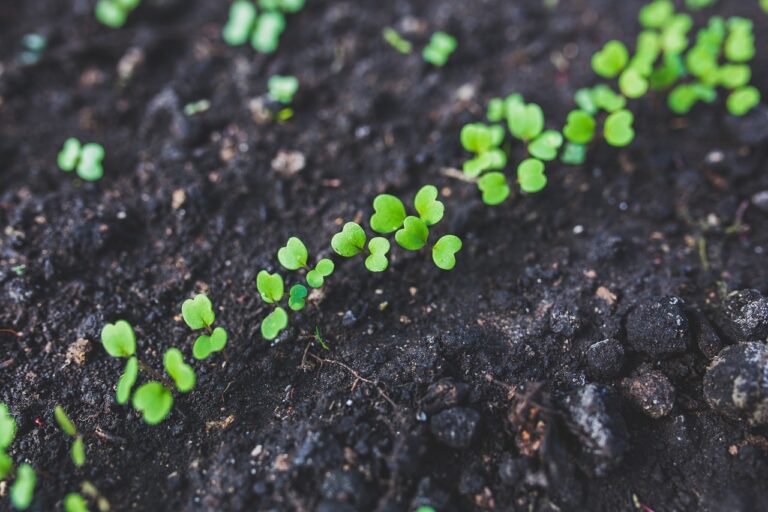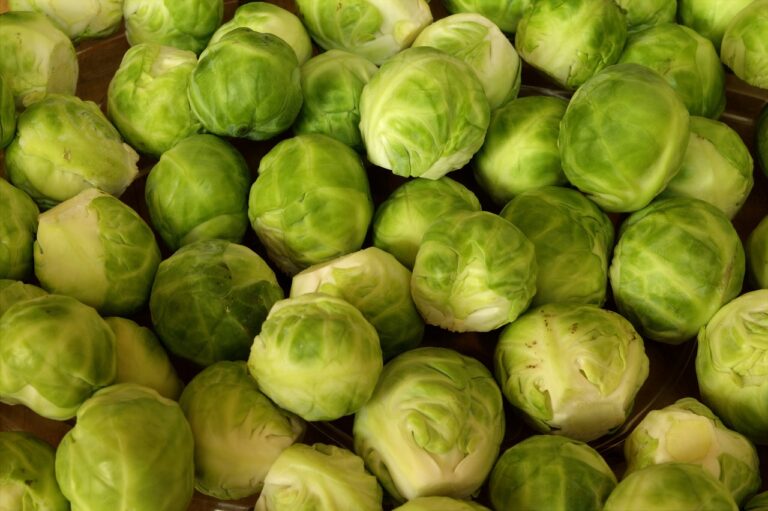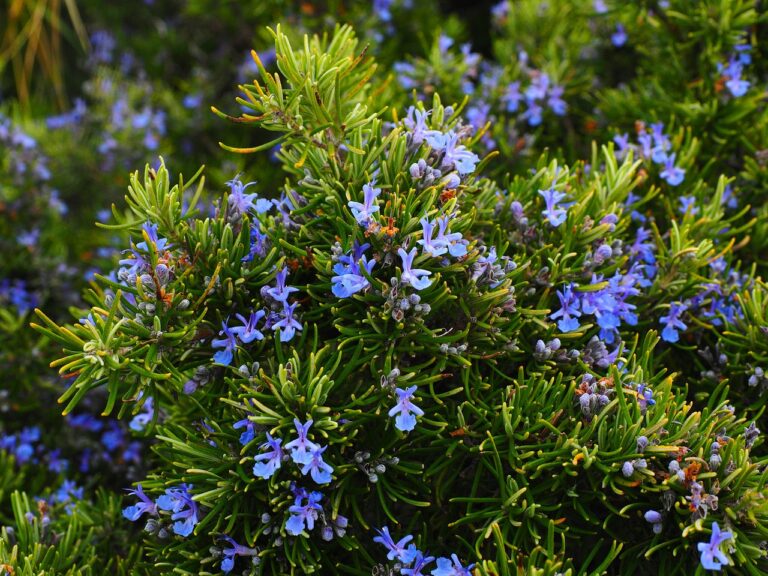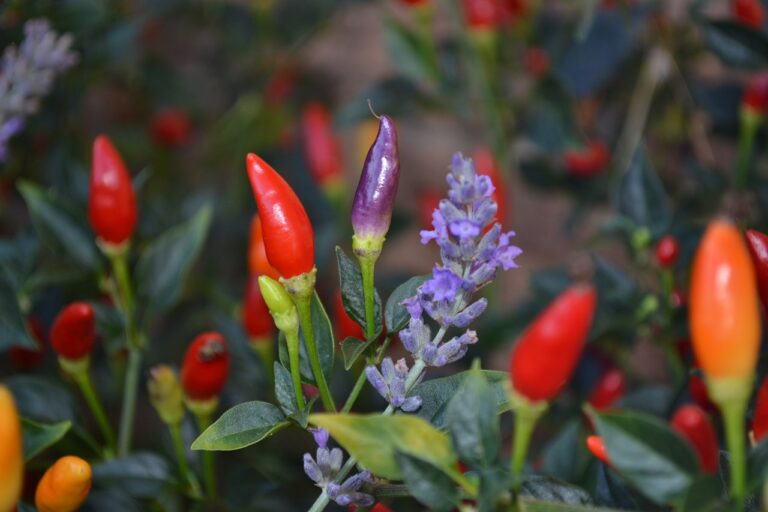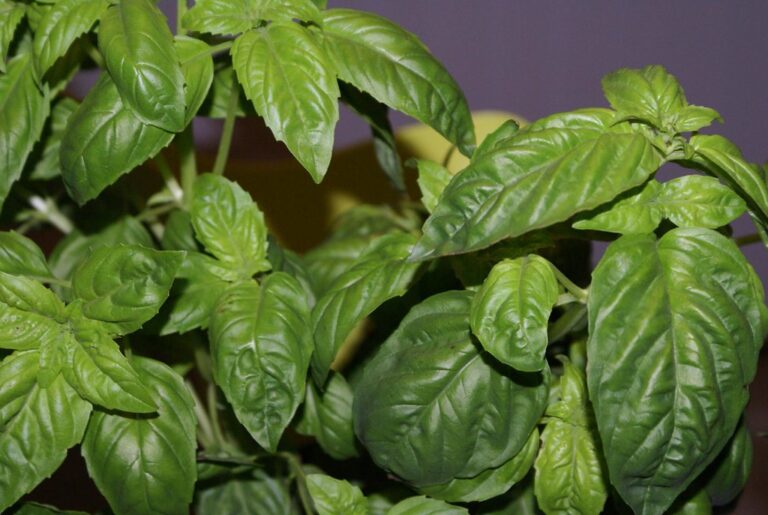The Best Companion Plants for Cabbage: A Comprehensive Guide
Looking to maximize your cabbage harvest? Discover the best companion plants for your cabbage garden in this comprehensive guide. By planting these strategic partners, you can enhance soil quality, repel pests, and provide essential nutrients. Learn about shade-tolerant options, beneficial pollinators, and disease-resistant varieties. Whether you're planting in the fall or winter, or looking to extend your harvest, this guide has got you covered. Get ready to cultivate a thriving cabbage garden with the help of these top companion plants.
Soil-Enhancing Companions
To improve the soil quality for your cabbage plants, consider planting soil-enhancing companions alongside them. These plants can help provide nutrients, suppress weeds, and attract beneficial insects, all of which contribute to a healthier cabbage crop. One excellent companion for cabbage is the marigold. Marigolds release a chemical into the soil that repels harmful nematodes, which can damage cabbage roots. Additionally, marigolds attract beneficial insects like ladybugs and lacewings, which feed on pests that commonly attack cabbage plants. Another great companion is the legume family, which includes plants like peas and beans. Legumes have the ability to fix nitrogen in the soil, making it more available to cabbage plants. This extra nitrogen can boost growth and improve overall cabbage yield. By strategically planting these soil-enhancing companions, you can create a more productive and sustainable cabbage garden.
Pest-Repelling Companions
Planting pest-repelling companions alongside your cabbage can help protect your plants and deter common pests. Certain plants have natural properties that repel pests, making them great companions for cabbage. One such companion is marigold. The strong scent of marigold flowers acts as a natural deterrent for pests like aphids and cabbage worms. Nasturtium is another effective companion plant. Its peppery scent repels pests such as aphids, whiteflies, and cabbage loopers. Additionally, planting thyme near your cabbage can help deter cabbage worms. The strong aroma of thyme confuses and repels these pests. Lastly, planting onions or garlic near your cabbage can help deter pests like aphids, cabbage worms, and flea beetles. The strong odor of these alliums masks the scent of cabbage, making it less attractive to pests. By incorporating these pest-repelling companions into your cabbage garden, you can protect your plants and enjoy a bountiful harvest.
Nutrient-Rich Companions
Boost your cabbage's growth and health by incorporating nutrient-rich companions into your garden. These companion plants not only provide additional nutrients to the soil but also help improve the overall health and vigor of your cabbage plants. One great companion for cabbage is legumes, such as peas or beans. Legumes have the ability to fix nitrogen in the soil, which is essential for the growth of cabbage. Another beneficial companion is comfrey. This plant has deep roots that can access nutrients from deep within the soil, and its leaves can be used as a natural fertilizer by making a nutrient-rich tea. Additionally, herbs like dill and chamomile can attract beneficial insects that help control pests and improve soil health. By incorporating these nutrient-rich companions into your garden, you can ensure that your cabbage plants have all the nutrients they need to thrive.
Shade-Tolerant Companions
When choosing shade-tolerant companions for your cabbage plants, consider incorporating plants that can thrive in lower light conditions without competing for resources. Shade-tolerant plants are a great option if your cabbage plants are located in an area with limited sunlight. One suitable companion for cabbage in shady areas is lettuce. Lettuce prefers cooler temperatures and partial shade, making it an ideal choice. Another option is spinach, which can tolerate some shade and can be harvested before the cabbage plants fully mature. Additionally, herbs such as chives and parsley can also thrive in shady conditions and make great companions for cabbage. These shade-tolerant plants provide a variety of benefits, including adding visual interest to your garden and attracting beneficial insects. By choosing shade-tolerant companions, you can ensure that your cabbage plants receive the necessary nutrients and resources they need to grow and thrive.
Beneficial Pollinator Companions
To attract beneficial pollinators to your cabbage plants, consider incorporating companion plants that provide nectar and pollen resources. These plants will not only attract pollinators like bees and butterflies to your garden, but they will also help increase the yield of your cabbage crop. Some great companion plants for cabbage include marigolds, borage, and sunflowers. Marigolds produce bright, vibrant flowers that attract bees and butterflies, while also repelling harmful insects like aphids. Borage is another excellent choice, as its blue flowers are a favorite among bees. Additionally, borage leaves can be used as a natural pest repellent when placed around cabbage plants. Sunflowers are known for their tall stalks and large, showy flowers that attract a wide range of pollinators. By incorporating these beneficial pollinator companions into your garden, you can ensure a healthy and productive cabbage crop.
Weed-Suppressing Companions
Consider incorporating weed-suppressing companions into your cabbage garden to maintain a clean and healthy growing environment. Weeds not only compete with cabbage for nutrients, water, and sunlight, but they can also harbor pests and diseases. By planting certain companion plants, you can naturally suppress weed growth and reduce the need for chemical herbicides.
One excellent weed-suppressing companion for cabbage is the marigold. Marigolds release a natural chemical called alpha-terthienyl, which inhibits the growth of many common garden weeds. Additionally, their dense foliage shades the soil, preventing weed seeds from germinating.
Another effective option is planting a ground cover, such as clover or straw, around your cabbage plants. These ground covers act as living mulch, smothering weeds and preventing their growth. They also help retain moisture in the soil, reducing the need for frequent watering.
Remember to periodically inspect your cabbage garden for any weeds that may have sprouted and remove them promptly. With the help of these weed-suppressing companions, you can enjoy a thriving cabbage garden without the hassle of constant weeding.
Disease-Resistant Companions
To protect your cabbage plants from diseases, choose companion plants that are resistant to common cabbage diseases. By planting disease-resistant companions alongside your cabbage, you can create a natural barrier against harmful pathogens. One excellent choice is marigolds. These vibrant flowers not only add beauty to your garden, but they also repel pests like aphids and nematodes that can transmit diseases to your cabbage plants. Another option is onions. The strong scent of onions can deter pests and mask the smell of cabbage, making it less attractive to insects and reducing the risk of disease transmission. Additionally, dill is a great companion for cabbage as it attracts beneficial insects like ladybugs and lacewings, which feed on harmful pests. By strategically selecting disease-resistant companions, you can ensure the health and productivity of your cabbage plants.
Companion Plants for Extended Harvest
For an extended harvest of cabbage, choose companion plants that will support continuous growth and provide a variety of flavors and textures. One great companion plant for cabbage is lettuce. Lettuce matures quickly, allowing you to harvest it before the cabbage fully develops. This not only provides an early harvest but also creates space for the cabbage to expand. Another excellent choice is radishes. These fast-growing root vegetables can be harvested in just a few weeks, making them a perfect companion for cabbage. Additionally, radishes help deter pests like cabbage flies, which can damage the cabbage crop. Lastly, onions and garlic are beneficial companions for cabbage. They help repel pests and their strong flavors add depth and complexity to dishes when cooked together. By choosing these companion plants, you can enjoy a continuous harvest of cabbage and a delicious variety of flavors.
Companions for Cabbage Family Varieties
If you're growing different varieties of cabbage, it's important to choose companion plants that will support their growth and overall health. When it comes to cabbage family varieties, there are several plants that can be beneficial companions. One excellent companion for cabbage is onions. Onions help deter pests like cabbage worms and aphids, while also providing a natural repellent for other insects. Another great companion plant for cabbage is dill. Dill attracts beneficial insects like wasps and ladybugs, which feed on cabbage pests. Additionally, dill can improve the flavor of cabbage when harvested together. Other suitable companions for cabbage family varieties include celery, beets, and potatoes. These plants can help repel pests, provide shade, and improve soil health. By choosing the right companions for your cabbage, you can promote healthy growth and protect your plants from common pests and diseases.
Companions for Fall and Winter Cabbage Planting
Consider planting radishes as a companion for your fall and winter cabbage. Radishes are an excellent choice because they help deter pests that often target cabbage plants, such as aphids, cabbage worms, and flea beetles. Additionally, radishes have a shallow root system, which helps improve soil structure and aeration, benefiting cabbage plants. They also act as a natural trap crop, attracting insects away from the cabbage plants and towards themselves. Plant radishes near your cabbage plants, spacing them about 6 inches apart, and watch as they work their magic. Other suitable companions for fall and winter cabbage include onions, garlic, and dill, which also help repel pests and enhance flavor. By choosing the right companion plants, you can create a healthy and thriving cabbage garden.
Conclusion
In conclusion, incorporating companion plants into your cabbage garden can greatly benefit the health and productivity of your crops. By choosing soil-enhancing, pest-repelling, nutrient-rich, shade-tolerant, beneficial pollinator, disease-resistant, and extended harvest companions, you can create a thriving ecosystem that supports the growth of your cabbage plants. Additionally, selecting specific companion plants for cabbage family varieties and fall/winter planting can further optimize your garden's success. Follow these guidelines and enjoy a bountiful harvest of delicious and nutritious cabbage.


